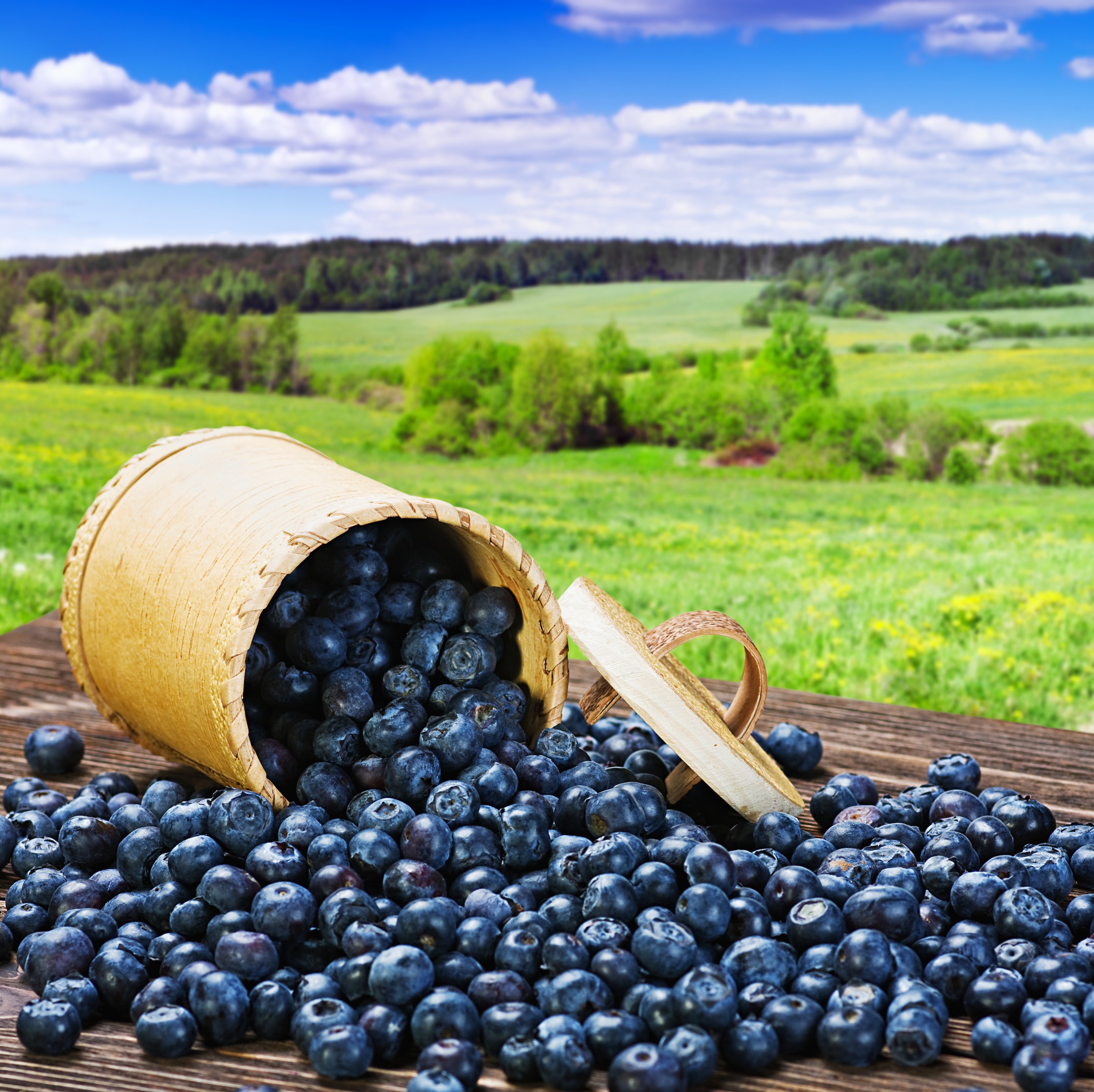Time for the blueberry industry of the Americas to come to the table
By Cort Brazelton, co-CEO of Fall Creek Farm & Nursery
 When acknowledging the USITC ruling on the section 201, it is important to also recognize the underlying drivers for its initiation by domestic petitioners and, in parallel, the scale of the Americas industry response. There were highly motivated people with compelling positions from all angles on this issue.
When acknowledging the USITC ruling on the section 201, it is important to also recognize the underlying drivers for its initiation by domestic petitioners and, in parallel, the scale of the Americas industry response. There were highly motivated people with compelling positions from all angles on this issue.
The concerns are real and legitimate. The reality is the blueberry industry, the growing systems and economics, sources of supply, the market, the market expectations have all undergone dynamic change over the last 10 and 5 years especially.
As we look to the future, we must not miss the opportunity to keep the dialogue constructive and focus on the core issues that face our industry, both in the US and beyond. This is not a time for people in the industry to walk away from the table, it’s a time to walk to it. In the aftermath of this intense process, we have an opportunity to come together.
Looking to the future, three issues should merit close attention if we are to have a healthy industry to the benefit of all:
The health and competitiveness of domestic U.S. growers
Without the US blueberry grower, we would not have the market and industry today nor will we see healthy growth in future. The US grower faces challenges. This is not simply a US producer issue, it’s an industry-wide issue.
With that said, the weight of the change afoot is weighing heavily on hard-working US farmers today. Even the most competitive US growers are concerned about issues such as labor, the regulatory environment, and pricing for their fruit.
US growers need support from public and government bodies as well as private sector solutions providers to position for the future. This includes but is not excluded to real labor solutions, capital access for investments in modernization (possibly in the form of legislation that provides financial, tax and or other forms of capital or relief), and the advancement and support in adoption of new technologies just to name a few.
Foreign importers and exports should be just as committed to the health of domestic producers and participants in the domestic industry. Without healthy US growers, we don’t have a healthy blueberry industry in the Americas.
Generic Market Promotion and Research
Only by aggressively increasing our marketing, research, and capacity growth efforts, particularly through USHBC (the USDA commission), can we seek to align demand growth with our supply growth as an industry.
This is everyone’s challenge and everyone’s opportunity. As some sources of imports are substantial contributors to recent volume growth, it is appropriate to expect a disproportionate level of engagement and support from them.
We need more health research, crop research, and particularly promotion activities. Some growers from exporting countries are already active and participating, but more need to show up, participate, and join the effort more actively. Meanwhile, many growers in the domestic industry have volunteered enormous amounts of time and energy over the years, but many have not, relying on others to do the heavy lifting. Please come to the table.
Always Improving Quality
Consumers are looking for blueberries with a level of firmness (in fresh), flavor profile, and eating attributes that keep them coming back for more. We as an industry must strive to provide that evermore to the market.
This process has been intense and at times potentially divisive. There has been no real ‘winner’. If the industry tone becomes more contentious, we all lose. US growers still face the same challenges they did before the 201 process began, and the rest of the growers throughout the Americas will have plenty to deal with today and in the coming years.
At the end of the day, growers everywhere have more in common than there are differences. They work hard, dealing with so many challenges beyond their control, they are passionate about what they do, everyone wants to produce good fruit and maintain and grow a profitable business.
At the risk of being repetitive, it’s valuable to remember that even in the US market, the most developed blueberry market in the world, that household penetration remains below 40% (roughly half that of strawberries). Meanwhile, we all must up our game to grow the category, meet the shifting demands of consumers, and sustain profitability of producers in a professionalizing industry.
Divided we fall, together we rise. There is a window of opportunity to avoid inertia in the aftermath of this ruling and to build momentum through increase dialogue and collaboration. How this manifests itself will take many forms, the first step is to seize every opportunity to engage – formally and informally. This includes the Commission meetings (digital and hopefully sooner than later in person), the IBO forums, and the many meetings of our industry.
Perhaps, as the pandemic subsides, it’s time for each country’s industry organization to more explicitly invite dialogue and exchange? Maybe it’s time for more venues to build dialogue, goodwill, and for finding real-world solutions to everyone’s benefit? However and wherever they are and occur, as those opportunities arise, let’s make the best of them.
Those of us who have a vested interest in the long-term health of the industry have work to do, from bringing new solutions and ideas to bear to bringing people together.
At Fall Creek we intend to double our efforts in alignment with this position articulated above. We invite others to do the same.





